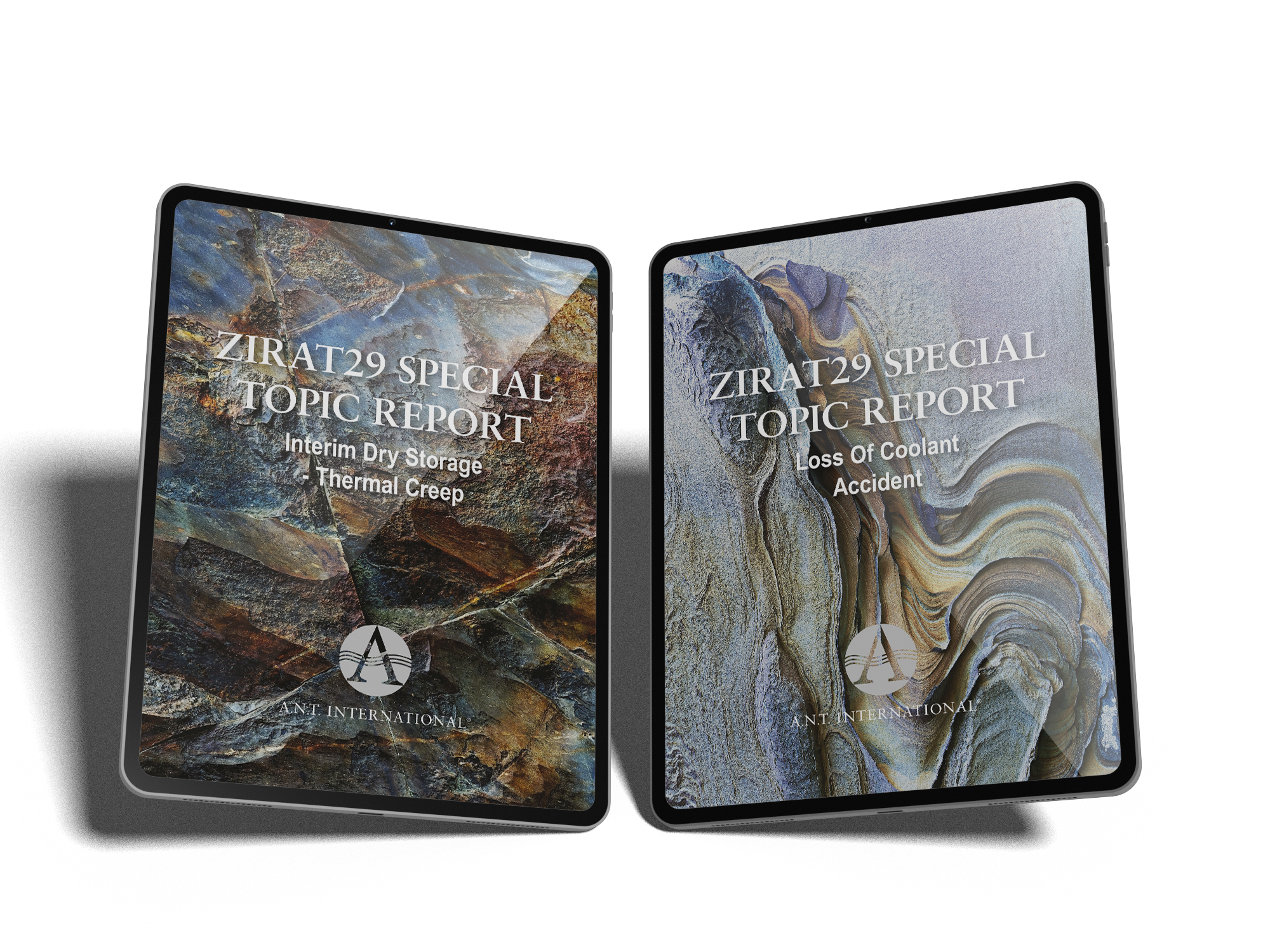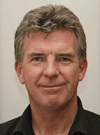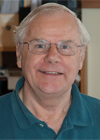The Annual ZIRAT Programme is open to nuclear utilities and laboratories world-wide. ZIRAT is an annual programme that is different from other national or international fuel materials related programmes because it offers to the member on a yearly basis the only in-depth comprehensive, periodic, timely review and analysis of all the new zirconium technology data in the public domain.

Objectives of the ZIRAT Programme:
1
Interpret published R&D results and nuclear plant experience on Zr alloy materials to help the customer to make informed decisions for the improved reliability, safety and economics of operations.
2
Point out areas where more R&D is needed to resolve potential issues (indications just seen but no problem yet).
3
The objective is met through review and evaluation of the data on zirconium alloys, identification of the most important new information, and discussion of its significance in relation to fuel performance now and in the future.
WHY IS THIS PROGRAMME UNIQUE?
Mr. Al Strasser
CUSTOMER FEEDBACK
MATT EYRE
EXELON CORP.

“ZIRAT attends and then distills the information from a number of industry conferences that I don’t have the time, budget or inclination to attend. I can then attend one meeting at a great venue with ZIRAT experts that present the information in one meeting at a pace and level that I understand. I then get a more detailed document in the annual report for reference. ZIRAT helps me maintain my technical “edge” regarding zirconium alloy performance. The annual report and special topic reports provide the document that I can cite as a reference in the resolution of technical evaluations or problems that I encounter or that are given to me. Outside of going back to a university, ZIRAT is the only structured forum that exists solely for the transfer of information by acknowledged industry zirconium alloy experts. Actually, for nuclear industry engineers, the ZIRAT seminar format is better than returning to a university (that is assuming I still remember the materials basics). The ZIRAT participants are somewhat different than the EPRI Robust Fuel Programme member participation. In meeting and break discussions, I am able to hear about plant performance issues that I don’t hear in other meetings that I attend. Since ZIRAT has a very strong European participant base, the perspective I have an opportunity to hear is different than that of my US peers. This is revealing, informative and refreshing. I am glad to be a member of ZIRAT.”
TED DARBY
SENIOR COMPANY SPECIALIST NUCLEAR MATERIALS ROLLS-ROYCE PLC.

“The name “Rolls-Royce” is known around the world because of its gas turbine technology that is applied to aerospace, marine and energy systems. Some readers may also link the name to Rolls-Royce motor cars, but these have in fact been a completely separate business since the early 1970s. So why has Rolls-Royce been a member of the ZIRAT programme since 2000 (ZIRAT5). It is because nuclear propulsion systems, based on PWR technology, have been a key business for the company since the late 1950s. I believe that Rolls-Royce set a trend by becoming the first noncommercial utility organisation to join ZIRAT: several others have followed since. I was unaware of the programme until I met Ron Adamson at a meeting in late 1999 and we had a conversation about some of the problems relating to maintaining skills and experience in specialist topics like Zr technology. Ron explained what ZIRAT was about and Rolls-Royce became members a few months later. The key factor in the decision was the reputation and expertise of the ZIRAT consultants. Rolls-Royce has a small team of materials technologists focused on Zr alloys and a vital part of their role is keeping up to date with relevant technology developments. We find ZIRAT a great help and, in a way, it’s like having an extra person in the team. Some of the benefits that we see from ZIRAT membership are:
- Keeping experienced staff efficiently up-to-speed with external developments
- Introducing new staff to Zr technology
- Access to a network of consultants with vast experience
- Delivery of tailored seminars on topics of specific interest to us
- Rapid assistance on technical queries
- It is also encouraging to see that, under the direction of ANT International,
ZIRAT is continually evolving and improving, for example: even Brian Cox is now using PowerPoint for his presentations! I anticipate Rolls-Royce will be members of ZIRAT for many years to come.”
MALCOLM GRIFFITHS
PHD IN PHYSICAL METALLURGY. MANAGER FOR THE RADIATION DAMAGE AND DEFORMATION PROGRAM AND THE DEFORMATION TECHNOLOGY BRANCH AT AECL CHALK RIVER, CANADA

“ATOMIC ENERGY of Canada Limited utilises the ZIRAT and LCC Programmes for the training of new engineers and scientists working on materials performance in nuclear reactors. Apart from learning about generic materials issues pertinent to all nuclear reactor applications AECL’s young scientists and engineers are able to broaden their knowledge of materials performance in other nuclear reactor systems that are different from the CANDU reactors designed and built by AECL. The ZIRAT and LCC Annual Reports provide excellent reference material for our new scientists and engineers and are a valuable resource for scientists like myself who wish to stay current with advances in nuclear materials R&D. The special topic reports that are selected in advance by the Members, are an excellent source of references for those wishing to learn more about particular areas of interest and also provide valuable insights into the underlying subject matter. One recent Special Topic Report in ZIRAT14 summarised published information on in-reactor creep. This very extensive review of the in-reactor creep of zirconium alloys, extending over many decades of published data, is an excellent primer for researchers entering the field. The text and figures are formatted in such a way as to allow a reader to flip through the report and quickly understand the main points of the narrative. The colourful figures and tables are easy to view and add much to the character of the report. I fully expect that AECL will continue to use the forums provided by ZIRAT and LCC to train new staff and as a means of networking with experts in the field of reactor materials engineering.”
KIT COLEMAN
RESEARCHER EMERITUS AT ATOMIC ENERGY OF CANADA LTD, AECL.

“The scientific literature continues to expand and it is difficult for one person to keep on top of it, even on what would seem to be a specialised topic like the metallurgy of zirconium. The ZIRAT Programme fills this gap by summarising the year’s activities on topics relevant to the use of zirconium alloys in nuclear reactors. The added value of the Special Topics is the collected opinion of the experts writing and presenting the information; they highlight the significant advances, point out deficiencies in data and models and are happy to take suggestions on how to deal with controversies. The approach is unlike that at a conference, where presenters are often making cases for their point of view. Since the world mostly uses light water reactors, much of the focus and attention is rightly placed on the issues presented in PWRs and BWRs. Interpreting the information for reactors that use pressure tubes is sometimes difficult because the operating conditions and the time scales are so different. The inclusion of occasional pressure tube topics has the reverse difficulty for the LWR community. Since both groups are dealing with zirconium, areas of overlap, such as fabrication, creep, corrosion and fracture, provide common ground for transfer of data and ideas. The ZIRAT Programme provides an excellent post-graduate course for those just starting in the field as well as helping those with more experience to keep up-to-date. The contact with an instant network of knowledgeable people through the magic of the Internet is most valuable. Why did you not exist in 1965 when I was starting out?”
